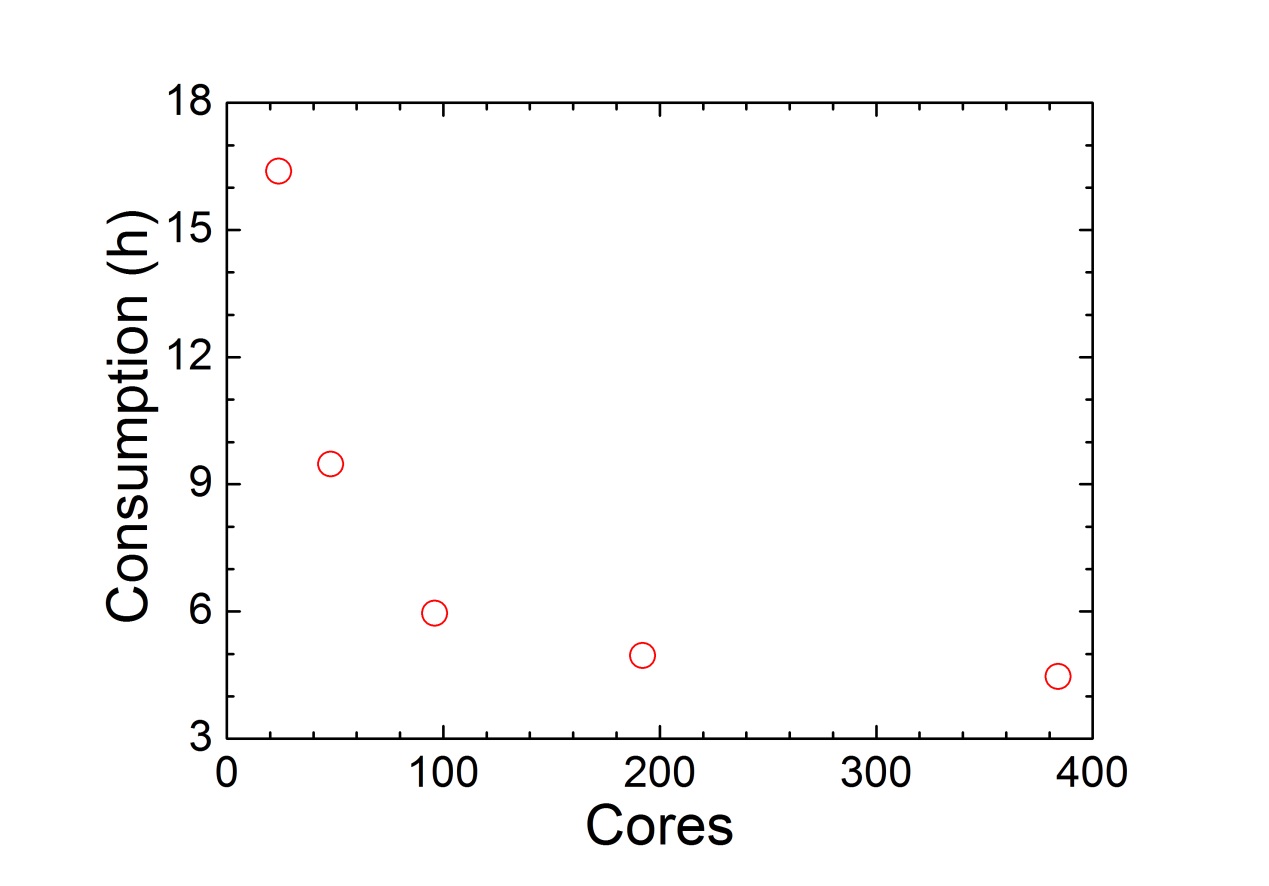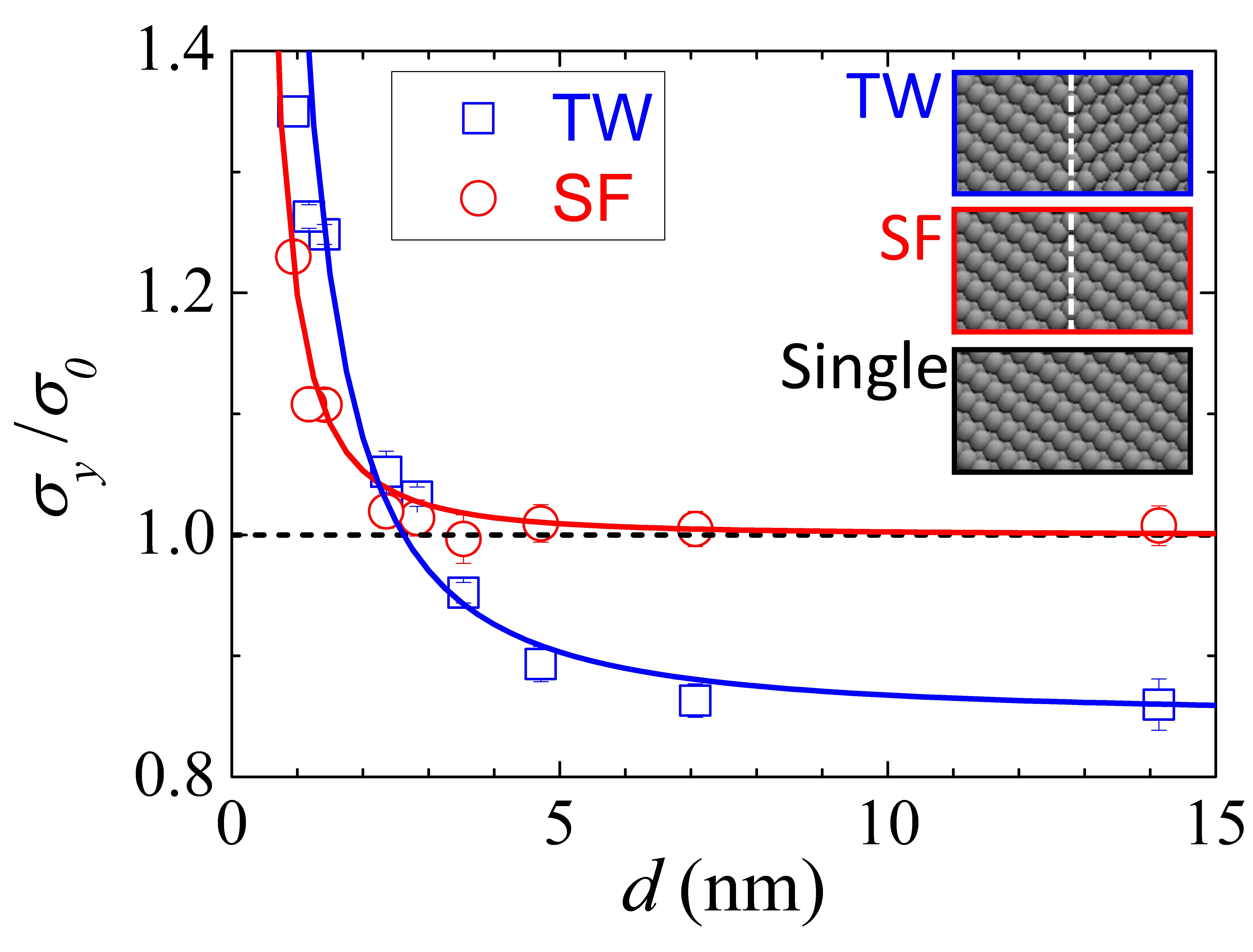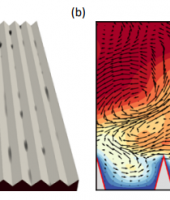Atomistic simulations of interactions between dislocations and grain boundaries
This project aims to use molecular dynamics (MD) simulations to ascertain beneficial factors when dislocations interact with grain boundaries. These factors can be applied to promote the mechanical properties such as strength, ductility and hardness of face-centred-cubic metals. The project is a continuation of our studies supported by ARC. Conventionally, the strength of a single crystal is regarded as its theoretical limit. However, our collaborators from The University of Sydney recently discovered that, via in-situ TEM testing, materials with high dense stacking faults can break this limit. It is expected that the outcomes of this project will offer a novel strategy for designing materials with high strength
Area of science
Agricultural And Veterinary Sciences, Biology, Grain, molecular dynamics, Physics
Systems used
Magnus
Applications used
1,000,000The Challenge
Since the speed of interactions between dislocations and grain boundaries is much faster than that of the recording response of a microscope, this project is designed to catch the missing details through MD simulations.
The Solution
We have designed numerical samples with diverse characters such as distance between grain boundaries, temperature, strain rate, microstructures, etc. These characters are usually mixed in a real material and thus, it is impossible to find out a strengthening mechanism. This problem could be solved in our computational scheme
The Outcome
To uncover the strengthening mechanism in tensile deformation of face-centred-cubic metals, we have prepared hundreds of initial configurations with diverse size, strain rate, temperature, and microstructures. The Pawsey Centre’s resources enable us to obtain simulation results in a short time. Here, we would like to take this opportunity to thank Pawsey Centre’s administrators (Daniel Grimwood, Ashley Chew, Mark O’Shea et al.) for their kind help and support.
List of Publications
[1] P.P. Zhang, Z.S. Ma, Y. Wang, Y.L. Zou, L.Z. Sun, C. Lu, Lithiation-induced interfacial failure of electrode-collector: a first-principles study, Materials Chemistry and Physics, 222 (2019), 193–199.
[2] J. Wang, M. Zhou, F.J. Ke, Y. L. Bai, C. Lu, Energy absorption of zinc oxide nanopillars. (in preparation).







